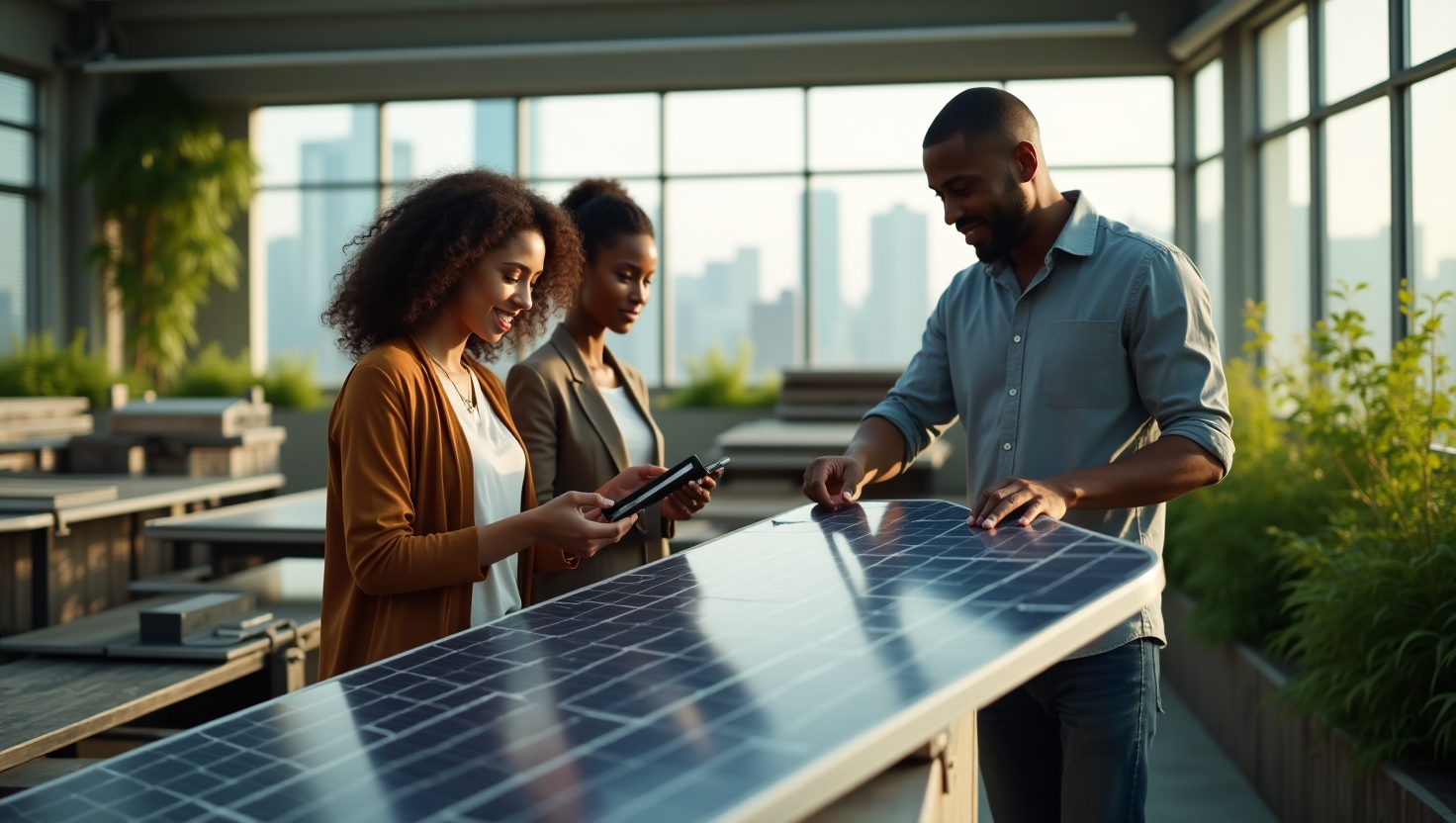Transforming Solar Panel Waste Into Opportunity via Second-Hand Markets and Policy Innovation
Introduction: The Urgency of Solar Panel Waste Management
Solar energy adoption surges in Australia, but it creates a mounting waste crisis. By 2025, the nation predicts 280,000 tonnes of end-of-life solar panels, doubling soon after. This underscores gaps in electronic waste legislation, pushing for sustainability innovations like second-hand markets.
How much solar panel waste is generated annually? Australia sees about 280,000 tonnes by 2025, per recent studies. Addressing this requires urgent policy shifts to prevent landfill overflow.
Background: The Solar Panel Recycling Dilemma
Australia faces 280,000 tonnes of solar waste by 2025, nearly doubling to 91,165 tonnes by 2030. Low costs of new panels undermine the second-hand market, while liability fears and weak infrastructure hinder reuse. Drawing from the WEEE directive, Australia needs better electronic waste legislation to standardize processes.
Fragmented state policies add complexity. Many panels end in landfills due to inconsistent testing. Experts call for national frameworks to boost sustainability in solar disposal.
Trend Analysis: The Rise of Second-Hand Solar Systems
Over one million panels come off Australian roofs yearly, with under 5% recycled. Yet, 33% hold reuse potential, unlocking 24 GW by 2040. Innovations like QR-code labels and blockchain create \”digital passports\” for tracking, enhancing second-hand market trust.
National product stewardship schemes launch in 2025. These agreements manage panels from cradle to grave. They align with electronic waste legislation trends, fostering a circular economy.
- Reuse Benefits: Powers six million homes annually.
- Tech Advances: Blockchain ensures traceability.
- Market Growth: Boosts sustainability in solar sectors.
Insights from Troll: Barriers to Scalable Reuse
Research reveals testing inconsistencies and low consumer trust as key barriers. Regulatory disparities across states slow progress. Inspired by the WEEE directive, experts propose gold, silver, or bronze grading for certified reuse PV Magazine.
Liability concerns deter second-hand market growth. \”Recycling is insufficient; reuse unlocks 24 GW by 2040,\” notes industry leaders. Standardized protocols could transform sustainability efforts.
What is a digital passport for solar panels? It’s a blockchain-based record of history and performance, aiding traceability.
Sustainability Forecast: 2030–2040 Outlook
By 2030, scaled certification could divert 91,165 tonnes yearly from landfills. This powers six million homes via reused panels. EU-style WEEE directive mandates may emerge, offering carbon credits for refurbished systems PV Magazine.
Blockchain ecosystems grow 200% by 2027, per Gartner. Electronic waste legislation evolves to support this. Sustainability gains momentum through innovative policies.
- Waste Diversion: 91,165 tonnes annually.
- Energy Impact: Equivalent to six million homes.
- Policy Shifts: National stewardship by 2025.
Call to Action: Building a Circular Solar Economy
Homeowners, join recycling programs and demand QR-code transparency. Advocate for stronger electronic waste legislation. Explore second-hand markets for sustainable upgrades.
Policymakers, fast-track national stewardship laws. Align with WEEE directive principles. Ensure incentives for reuse.
Industry leaders, invest in testing infrastructure. Join Australia’s 2025 government pact. For more, visit Smart Energy Council or learn about WEEE at European Commission.
